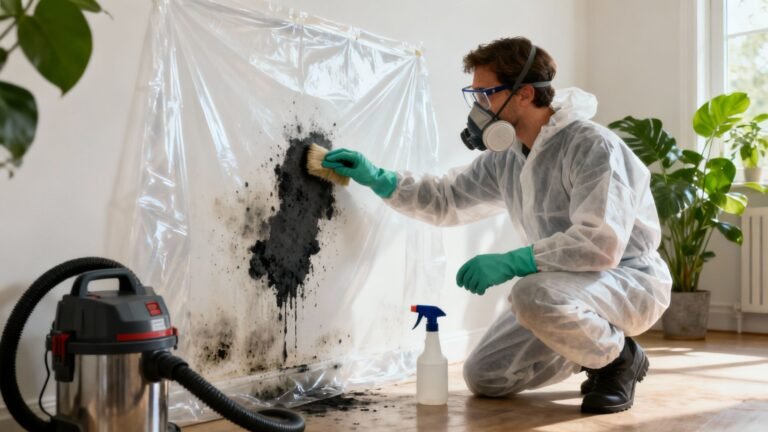
A Homeowner’s Guide to Safe Removal of Mold in Los Angeles
That sinking feeling when you spot mold is universal, especially in the humid pockets of Los Angeles. But before you
After experiencing water damage, most homeowners consider trying out DIY drying methods to extract water, ignorant of the consequences and future complications. As a homeowner, you must be aware that this is an insufficient procedure and does not guarantee thorough moisture elimination. To avert additional problems, structural drying by professionals is vital to ensure the safety of the property and its occupants.
When water enters your home—whether from a burst pipe, roof leak, or flood—the visible puddles are only part of the problem. Moisture seeps into drywall, flooring, insulation, and even structural framing. If not removed properly, it leads to mold, odors, wood rot, and long-term structural damage.
Structural drying is the science-based process of fully extracting water and moisture from a building’s materials. It’s not just mopping up. It’s about restoring the home to pre-loss condition safely and efficiently.
Structural drying is a specialized process designed to eliminate both visible water and hidden moisture from building materials. It goes beyond surface cleaning and requires industrial equipment and trained technicians.
Water cleanup: removes standing water only.
Structural drying: extracts water, accelerates evaporation, dehumidifies the air, and stabilizes the environment to stop further damage.
Think of cleanup as removing the puddle. Structural drying removes the water inside the walls, floors, and foundation that you can’t see.
Mold can begin growing within 24–48 hours of water exposure. Once spores spread, they compromise indoor air quality and cause health issues like allergies, asthma, and respiratory problems. Proper drying halts mold growth at the source.
Moisture trapped in drywall, wood, and insulation causes swelling, warping, and deterioration. Without structural drying, your flooring may buckle, paint will peel, and framing may rot, leading to costly reconstruction.
Water damage is one of the most common U.S. insurance claims. Insurers often require professional drying to approve claims. A poorly dried home may be flagged during inspections and drastically reduce property value.
Hidden moisture creates a breeding ground for bacteria and musty odors. Professional drying improves air quality and makes your home livable again.
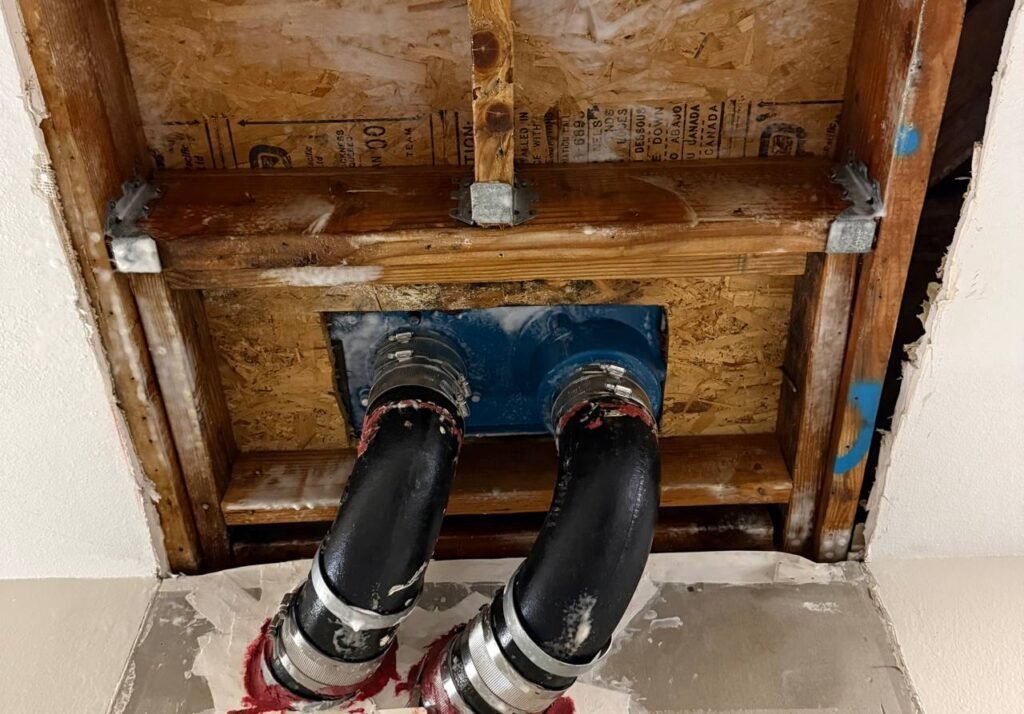
Professionals start with high-powered pumps and wet vacuums to remove standing water. Quick extraction limits damage and shortens drying time. Key detail: Technicians often inspect for mold during this step. If spores are found, air scrubbers may be deployed to contain and filter airborne contaminants.
Once standing water is gone, surfaces remain damp. Industrial air movers push high-velocity airflow across wet surfaces, accelerating evaporation. This ensures trapped moisture migrates to the surface where it can be captured by dehumidifiers.
Evaporation increases humidity, which must be controlled. Commercial-grade dehumidifiers remove excess water vapor from the air and pull moisture from materials. This prevents secondary damage like condensation and mold regrowth.
Drying works best between 70–90°F. If temperatures are too low, evaporation slows. Too high, and it causes uneven drying or damage. Professionals monitor and adjust conditions to maintain balance.
Certified firms follow IICRC S500 standards for water damage restoration. This ensures methods are scientifically sound and safe for occupants.
DIY fans and heaters can’t replicate professional-grade tools. A single job may require:
Air movers (20+ for a two-bedroom flood)
Low-grain refrigerant (LGR) dehumidifiers
HEPA air scrubbers
Moisture meters and thermal imaging cameras
Without these, hidden dampness lingers and problems resurface weeks later.
Most insurance policies cover structural drying if done by certified pros. While DIY may seem cheaper, improper drying can void insurance claims and multiply repair costs. Hiring professionals is often the least expensive option long-term.
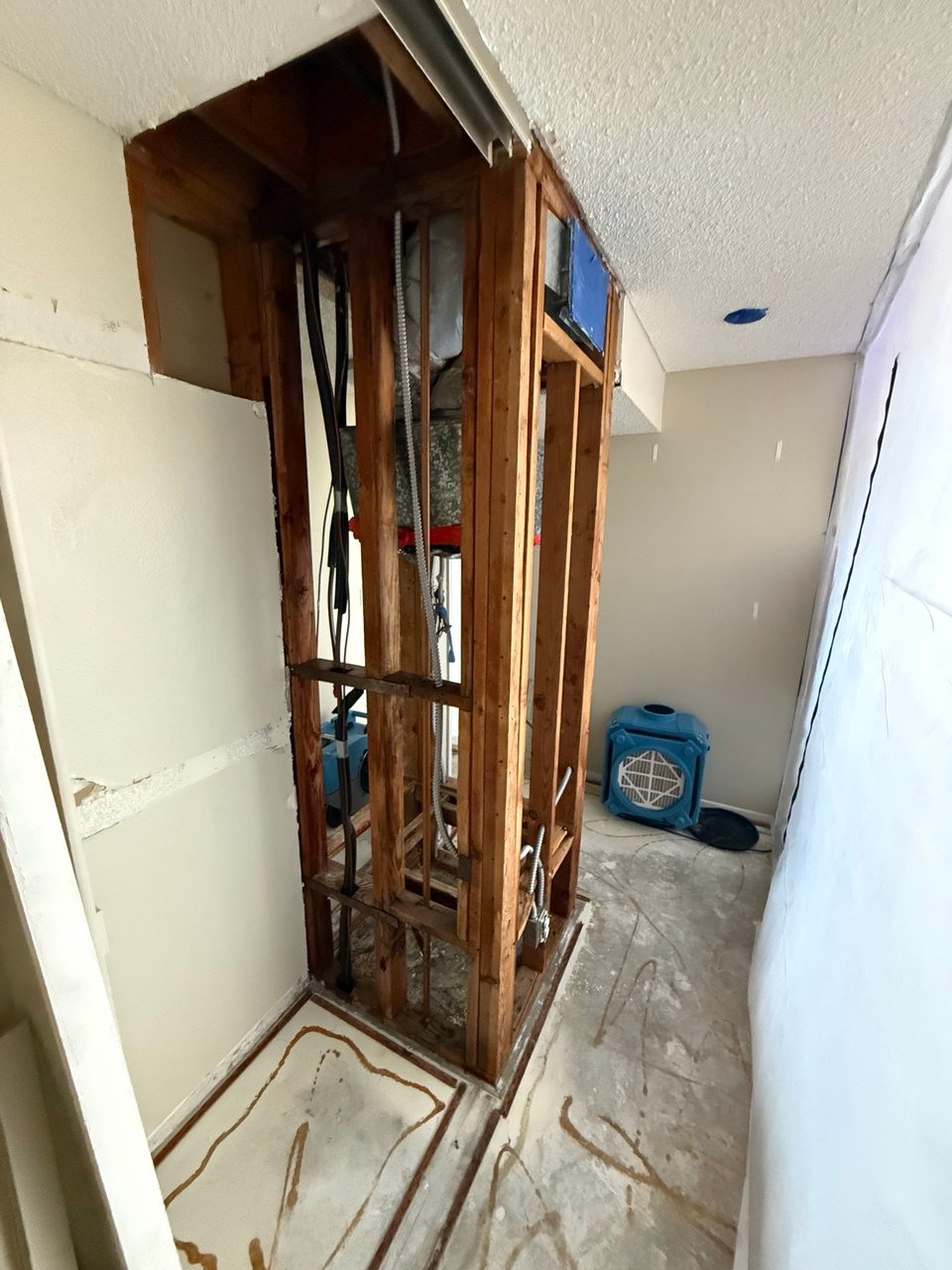
Stopping once surfaces “look dry.” Moisture inside walls remains long after.
Using household fans only. They move air but don’t control humidity.
Not checking under flooring or behind cabinets. Water migrates sideways and down.
Ignoring safety hazards. Standing water may contain sewage, chemicals, or bacteria.
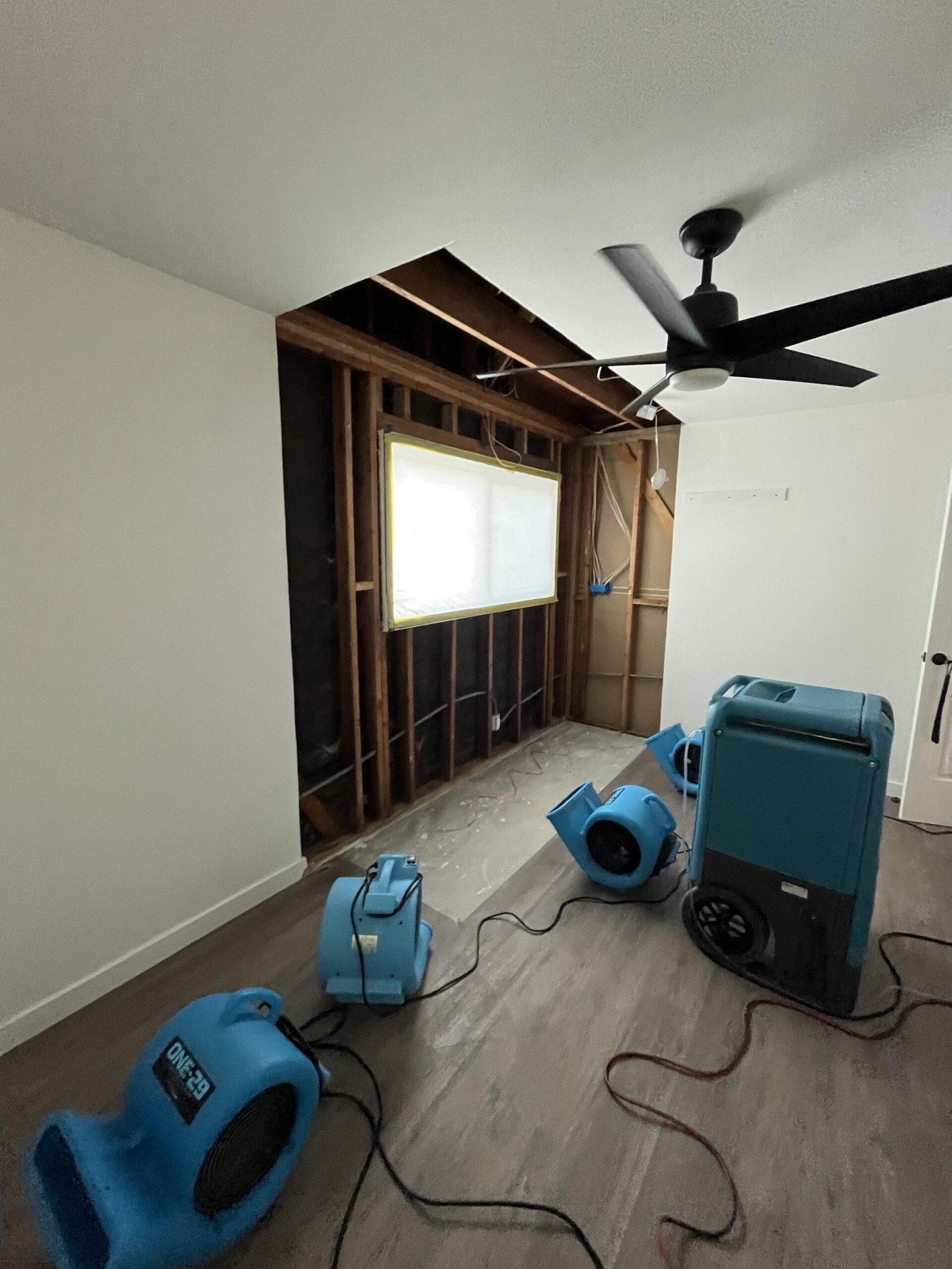
A Sherman Oaks apartment complex suffered a roof leak after heavy rain. Tenants dried carpets with household fans, but weeks later mold appeared on baseboards and drywall. When professionals were called, hidden moisture levels were 20% higher than safe thresholds. Full remediation—including removal of drywall—was required, tripling costs compared to immediate structural drying.
Water stains spreading on walls or ceilings
Warped or buckling floors
Musty odors even after cleaning
Visible mold spots appearing days after a leak
Condensation on windows and walls indoors
At Onsite Pro Restoration, we follow a systematic approach:
Inspection & Moisture Mapping – Using infrared cameras and moisture meters, we locate hidden water.
Water Removal – Pumps and vacuums extract visible water.
Containment & Safety Setup – Barriers and HEPA scrubbers prevent mold spread.
Drying Plan – We deploy industrial air movers and dehumidifiers tailored to the property’s size.
Monitoring & Adjustments – Technicians track drying progress daily until full clearance.
Documentation for Insurance – Detailed logs support your insurance claim.
We provide 24/7 emergency response across Los Angeles, North Hollywood, Sherman Oaks, Glendale, Burbank, Tarzana, and surrounding areas.
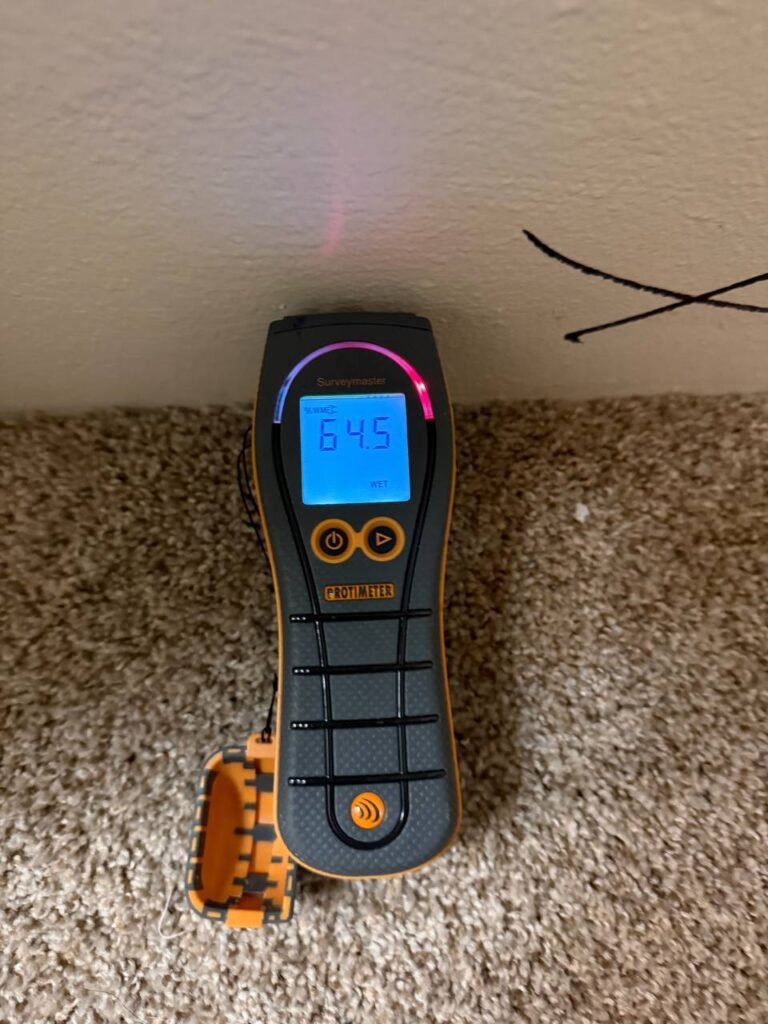

Pete Mantizian is the dedicated owner of Onsite Pro Restoration. He is driven by a passion to improve living conditions and prevent health issues caused by improper restoration. With over 10 years in construction and 7 years in restoration, Petros has managed projects for major franchises like Serv-Pro and 911 Restoration. He holds certifications in Applied Structural Drying, Microbial Remediation, and more. Committed to excellence, Petros ensures every project is done right the first time. Outside of work, he cherishes time with his loving wife and two children, balancing his fulfilling career with creating lasting family memories.
Share
Water damage doesn’t end when the floor looks dry. Without structural drying, hidden moisture threatens your home’s safety, value, and air quality. Acting fast prevents mold, saves money, and protects your family’s health.
Call Onsite Pro Restoration today (818) 336-1800 for a free inspection. We are IICRC-certified, equipped with cutting-edge technology, and available 24/7 across Los Angeles County.

That sinking feeling when you spot mold is universal, especially in the humid pockets of Los Angeles. But before you
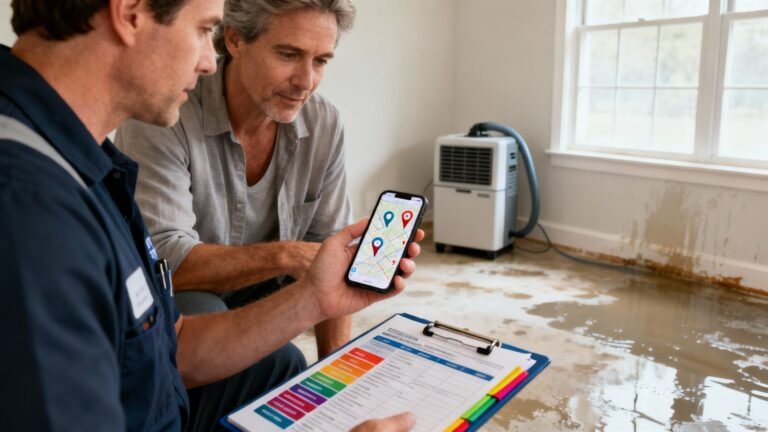
Finding a leak, flood, or any standing water in your home is always a shock. Those first few hours are
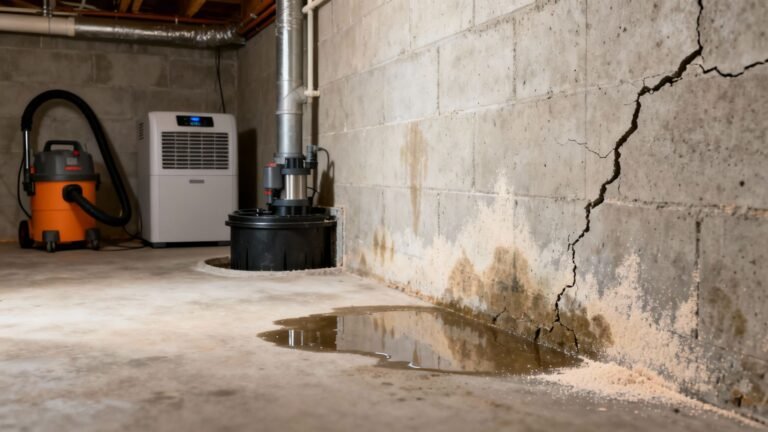
That small puddle in the corner of your basement isn't just a nuisance—it's an alarm bell for your home’s health.